The Trees on Anzac Avenue: remembering Queensland's first Great War casualty
By JOL Admin | 27 March 2015
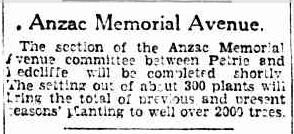
http://nla.gov.au/nla.news-article21472796
A number of articles about the First World War are published in the Family History Newsletter on the website of the Queensland Registry of Births, Deaths and Marriages (RBDM). The paragraphs below are excerpts from the article ‘World War One casualty records revealed’ by Adrian Harrison of the Department of Justice and Attorney General, which you can find in full in Issue 4 March 2014.
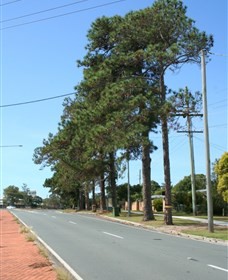
Anzac Memorial Avenue, http://www.queensland.com/attraction/Anzac-Memorial-Avenue-Redcliffe
If you have to travel from Brisbane to Redcliffe, take State Route 71—ANZAC Avenue as it’s better known—rather than the highway and look at the trees that line the road. They stand as a living memorial to the thousands of Queenslanders who gave their lives in the First World War, and one is very special, planted in remembrance of Queensland’s first Great War casualty.
In the period after the First World War a grief stricken country erected thousands of memorials to the fallen. One of the most poignant was ANZAC Memorial Avenue, the 18 kilometre road that connects Petrie in North Brisbane to Redcliffe on Moreton Bay. Built by ex-servicemen, the road was lined with 1700 trees funded by public donations at a cost of £1/1s (just over $60 in today’s money) per tree, and each could be dedicated to a fallen digger.
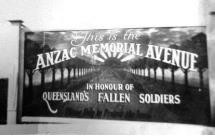
The original sign at the beginning of ANZAC Memorial Avenue, the road that connects Petrie in North Brisbane to Redcliffe on Moreton Bay. At the bottom it says ‘In honour of Queensland’s fallen soldiers, please help to protect the trees. Picture courtesy of the North Pine Historical Society MBRC Library Service P1276
One donor was Mary Uhlmann who paid for trees to be planted in memory of her three half-brothers killed during the war; Ernest, Walter and Frederick Blake from Norman Park in Brisbane’s south. Walter and Frederick were both killed in 1915 on Gallipoli. Walter was shot in the face during the landing at ANZAC Cove on April 25, his unit—the 9th Battalion from Queensland—were the first to wade ashore at 4.30am. He recovered only to be shot again, this time in the back, at the start of the August offensive to break out of the ANZAC beachhead.
Walter again recovered but was recorded as being killed in action on 2 November 1915. The day after Walter was wounded for the second time, 8 August 1915, his brother Fred Blake was killed on the slopes of Gaba Tepe during an unsuccessful and costly attempt to take the high peak that loomed over the ANZAC beachhead. Their other brother Ernest ‘Ernie’ Blake was even more unlucky; he earned the unenviable title of being Queensland’s first Great War casualty. Ernie had joined the Royal Australian Navy (RAN) in February 1913 at the age of 21. Soon after finishing his training he was sent to England to join the crew of the AE1, Australia’s first submarine.
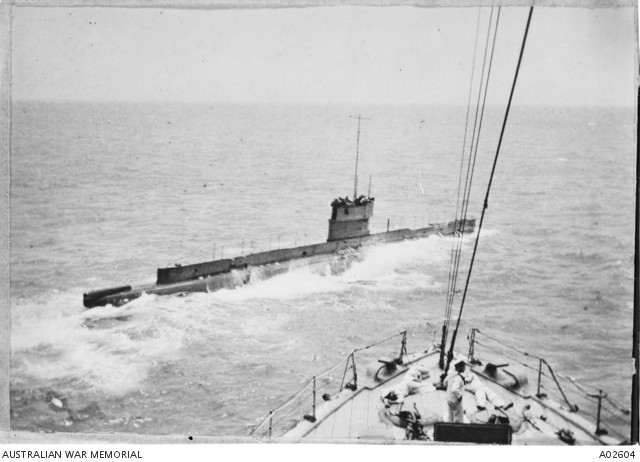
Royal Australian Navy submarine AE1, at sea off Rossell Island before proceeding to Rabaul. Australian War Memorial, A02604
On 14 September, a day after the official German surrender, the AE1 left Rabaul harbor accompanied by the destroyer HMAS Parramatta to patrol Cape Gazelle to the south. At 3.20 in the afternoon Parramatta lost sight of the AE1 in the haze and the boat was never seen again. The disappearance was Australia's first major loss of World War I, earning poor Ernie the unenviable title of Queensland’s first Great War casualty. He was just 22 years old.
Ernest Robert Blake is remembered on the Plymouth Naval Memorial in the UK which commemorates all sailors from Britain and the Empire killed in World War One and who have who had no known grave. Like Ernie, his older brother Fred also has no known grave and is remembered on panel 45 of the Lone Pine Memorial on Gallipoli , while Walter is buried in Shell Green Cemetery, just a few hundred metres from Lone Pine.
The fact that two of the brother’s had no known grave while the other was 15,000 kilometres away in a remote and then inaccessible part of Turkey, motivated their half-sister, Mary Uhlmann, to buy trees on ANZAC Avenue to remember them—the living trees a more appropriate memorial than lifeless names carved in stone. It’s fitting that as part of the commemoration of the centenary of the ANZAC landings work is underway to re-plant trees and update memorials along Brisbane's Anzac Avenue in preparation for the road’s re-dedication next year. The sacrifice of the Blake brothers, and the thousands of others like them, should never be forgotten.
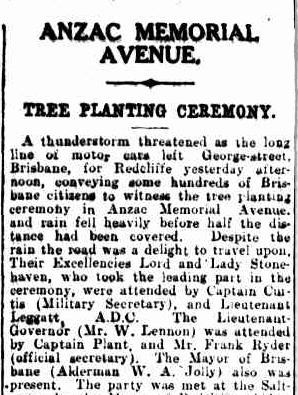
http://nla.gov.au/nla.news-article21050085
With more than 2 million historical records including more than 15,000 records of deceased World War One and World War Two military personnel, you never know what family history you might find through a simple search of the official Queensland Registry of Births Deaths and Marriages database.
If you would like to read more about Anzac Memorial Avenue, read The Story of Anzac Memorial Avenue booklet on the Anzac Memorial Avenue Centenary Committee website.
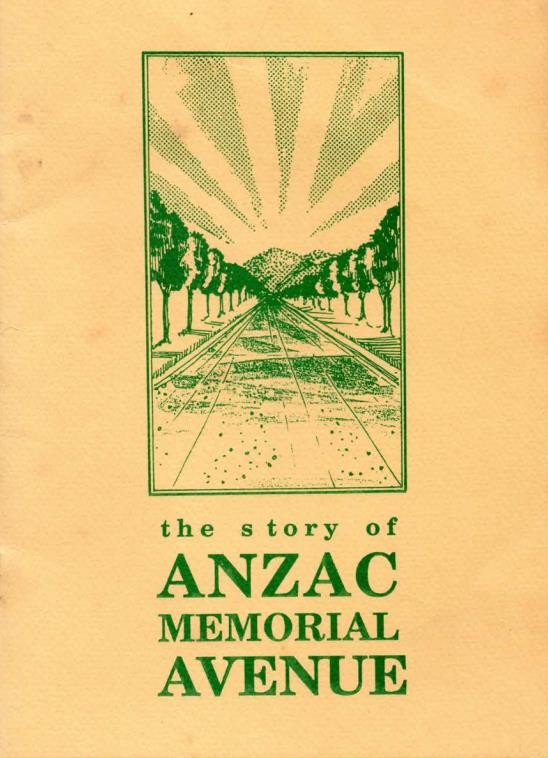
The Story of Anzac Memorial Avenue by Merv Ewart and Pat Fairhall
State Library also offers a number of useful First World War resources to assist family historians.
Robyn Hamilton – QANZAC100 Content Curator, State Library of Queensland
Comments
Your email address will not be published.
We welcome relevant, respectful comments.